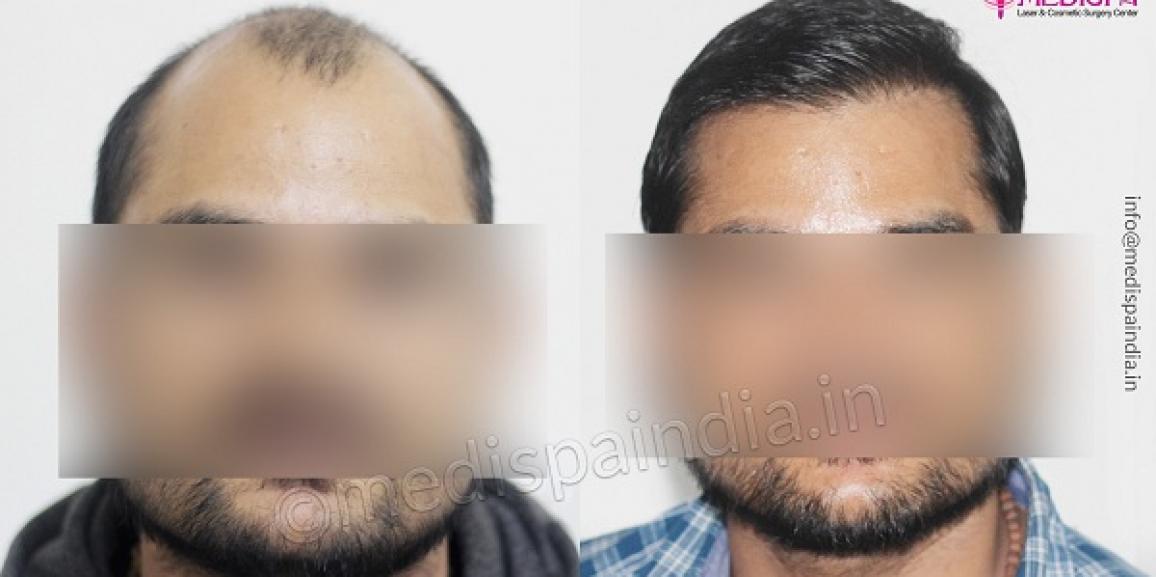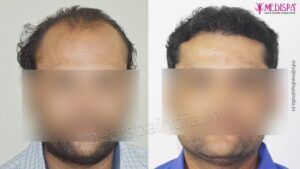
Hair loss could be a painful experience in life which affects the quality of life and general wellbeing. Hair loss problem can be a temporary phase or a permanent problem. If the hair loss is temporary, then you do not need any treatment except for a good diet. In case of permanent hair loss, the hair transplant procedure can be of use.
Hair transplant is so far the best modality to treat baldness. The procedure has become hugely popular among the people due to its numerous benefits. The results following hair transplant is permanent which lasts for lifetime.
Hair transplant in India and overseas is equally popular. Due to the higher cost and good experiences of people, India has become a place to go for hair transplant tourism. People from overseas also prefer visiting India these days for the hair transplant treatment.
Talking of the best places, Delhi and Jaipur are accounted among the cities with excellent hair transplant industry. These cities are not just approached by domestic patients but in fact, global patients visit them for their hair transplant treatment.
Hair transplant treatment
Hair transplant is a sophisticated procedure that involves the selection of the permanent hair roots from the donor area, their harvesting and their transplantation at the desired bald area. This procedure could provide you absolutely natural looking hairline and high density hair growth.
The hair transplant treatment can only be performed using your own hair and not by artificial hair or someone else’s hair. So for becoming the right candidate for the hair transplant, it is important for the donor area to have ample hair density that could cover the bald area.
The hair transplant is performed in certain steps:
- Trimming of the hair at the donor and the recipient area
- Administration of local anesthesia at the donor area and the recipient area
- Harvesting of the hair roots form the donor area
- Slit preparation at the recipient site
- Transplantation of the hair roots at the recipient site
- Post-surgery instructions and follow up.
Techniques of hair transplant
The harvesting of the hair grafts is a crucial step in performing hair transplant. Based on the way of harvesting, the hair transplant procedure is performed by two techniques:
- FUT hair transplant: This technique is also termed as strip technique. A strip of thin width is excised from the donor area which is then sent to lab for further dissection. Individual hair roots are harvested from the donor area and the donor area is closed with the help of sutures. The harvested hair grafts are then planted at the desired bald area. FUT hair transplant could successfully harvested around 3000 – 3500 hair roots. This is usually indicated in high level baldness.
- FUE hair transplant: This technique could successfully extract around 2000 – 2500 hair roots. In this technique, the hair grafts are extracted one by one with the help of a punch like device. This punch is inserted at a certain diameter which extract the hair roots one by one by pulling them with the punch. These extracted hair grafts are then transplanted at the desired bald area.
Benefits of FUT hair transplant
When it comes to choosing the techniques, the doctor would carefully inspect the hair loss situation and then suggest you the best possible technique. Each hair transplant technique is indicated in distinct circumstances based on the age, sex, level of baldness, hair density needed and availability of the hair density at the donor area and the quality of the hair grafts.
Still FUT hair transplant procedure offers numerous benefits over the FUE technique. Here are described the benefits of contemporary FUT hair transplant technique.
- This technique offers harvesting of higher count of hair roots of around 3000 – 3500 which is suitable to cover high level baldness in single session.
- The hair transplant provides the harvesting from a smaller space which preserves the donor site for the future sittings.
- This technique minimizes the damage to the hair roots as the harvesting is conducted under proper vision and high magnification.
A good amount of hair coverage can be obtained using this technique.





